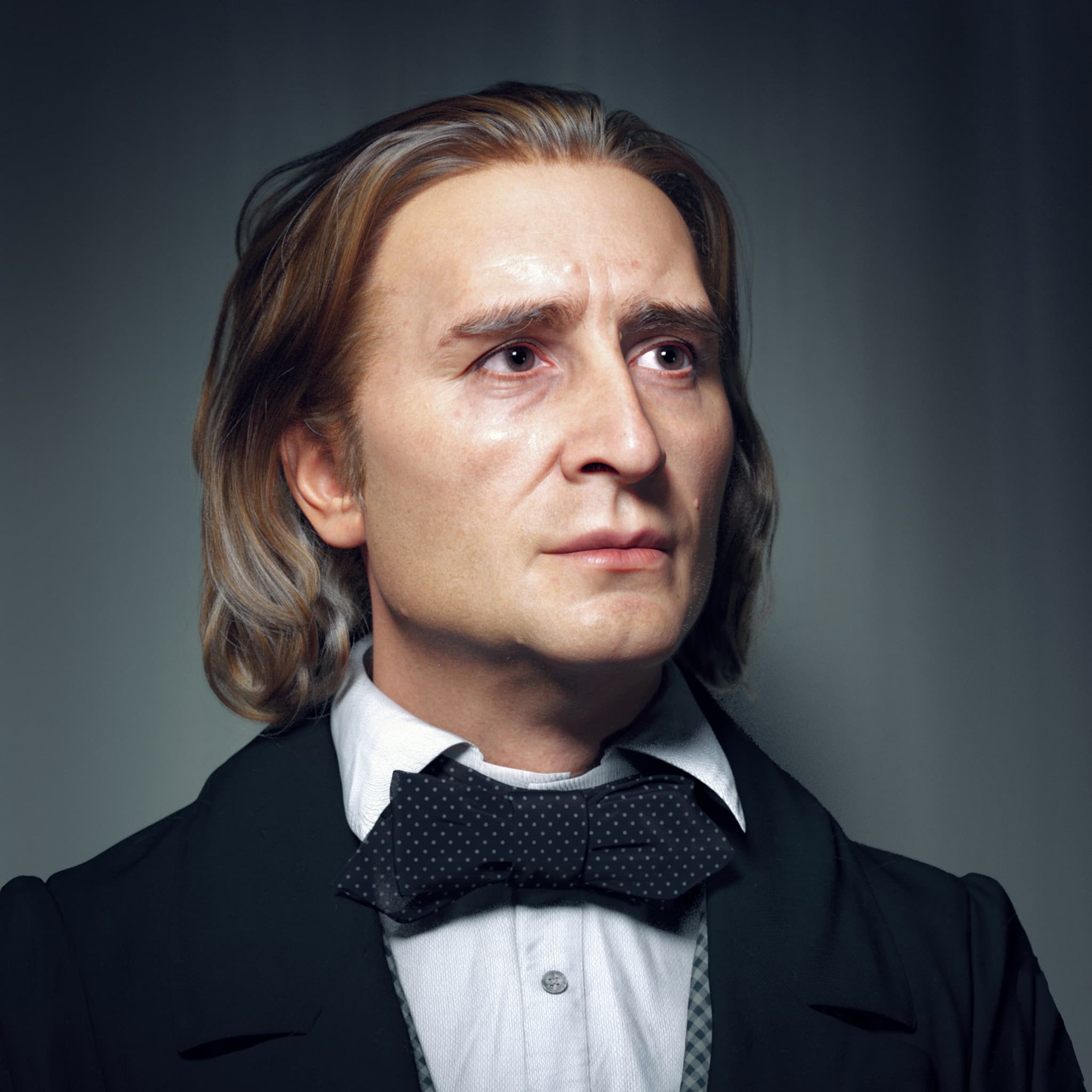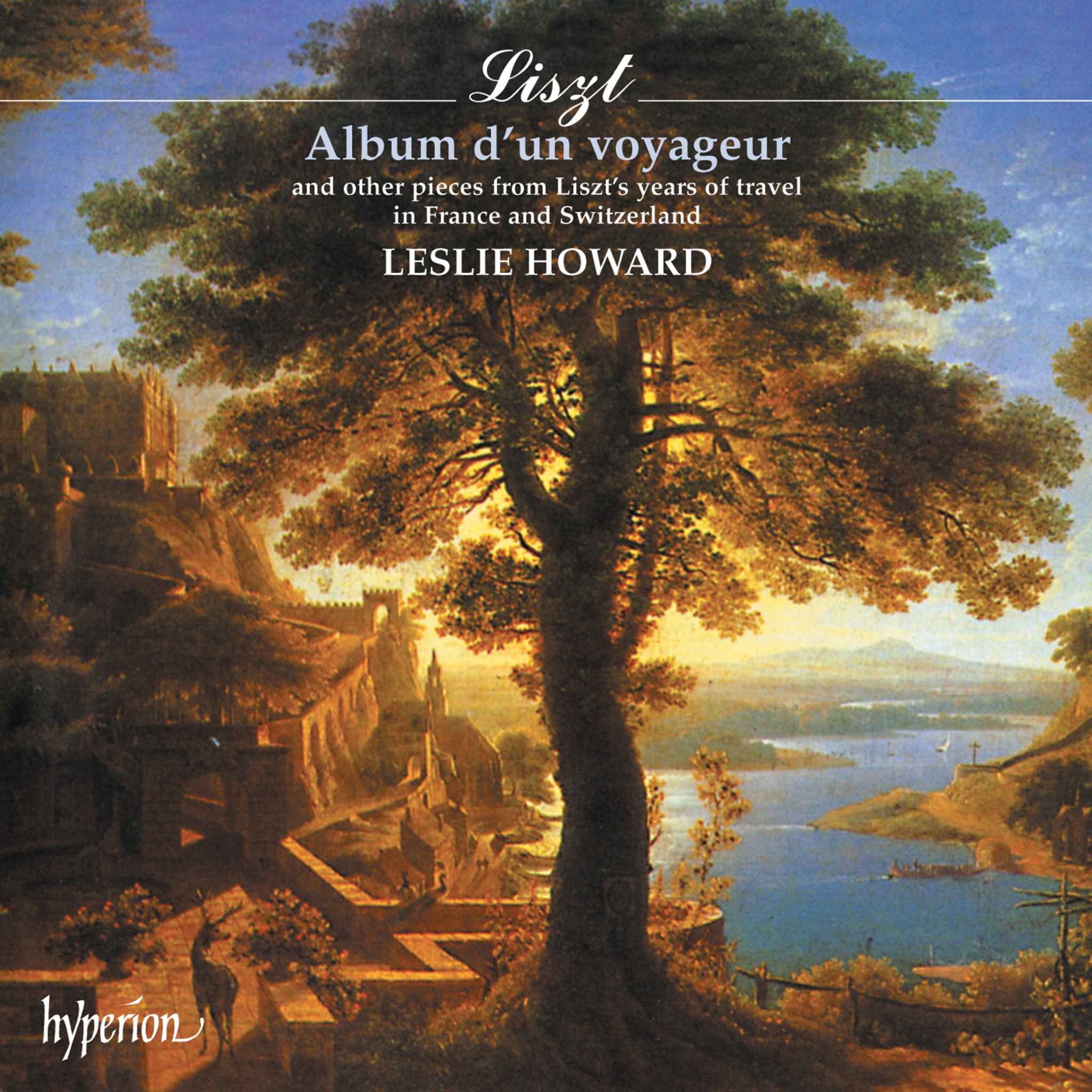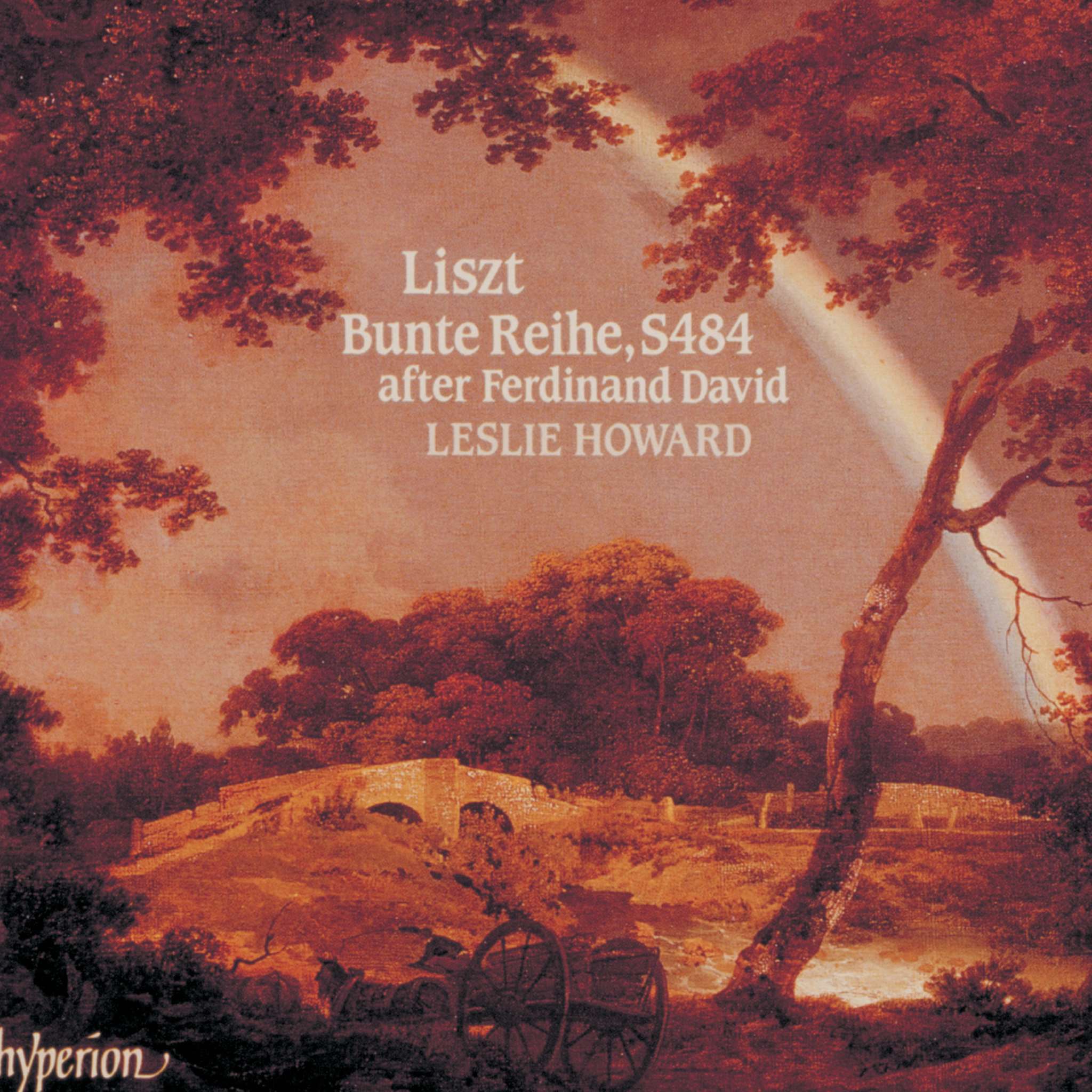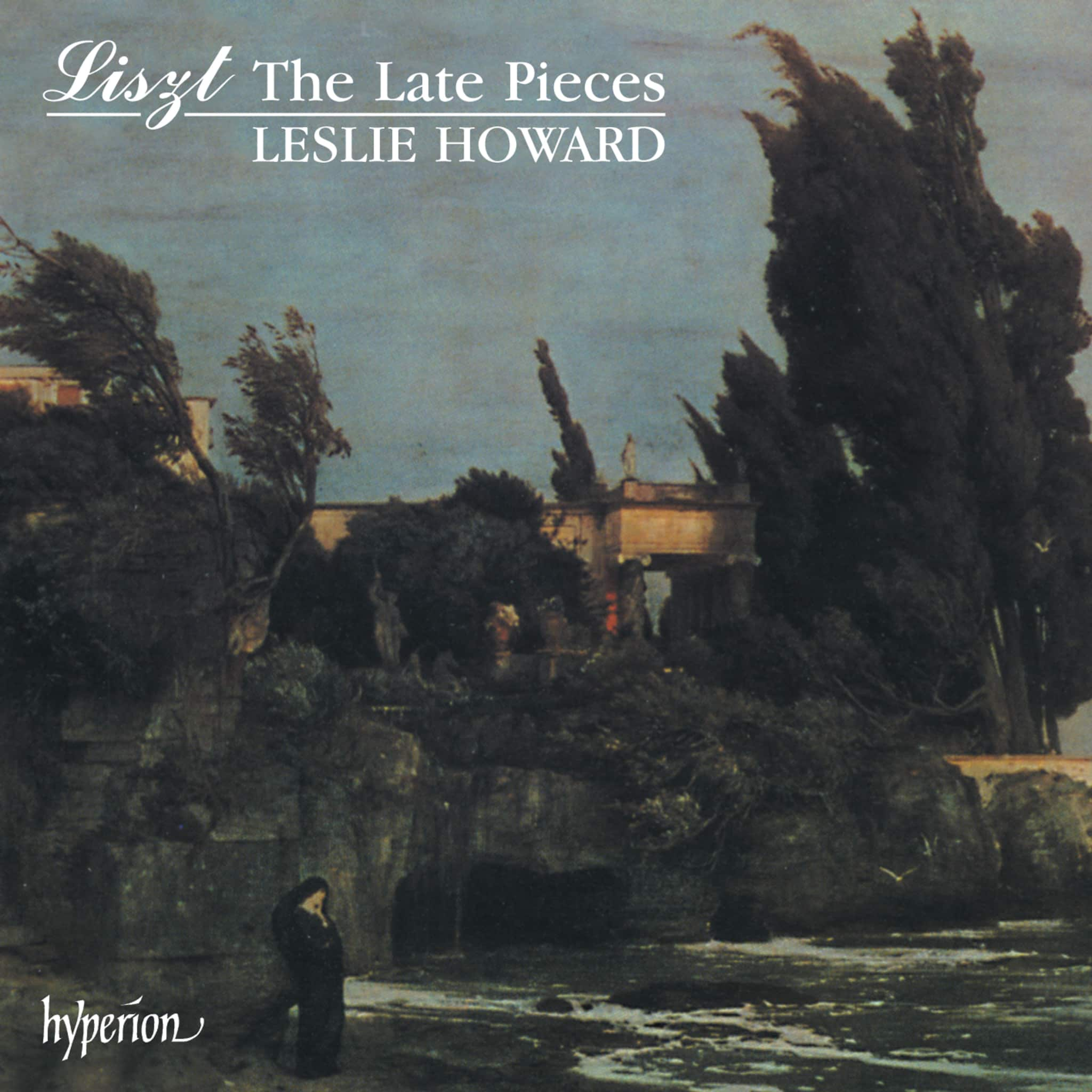Album insights
Louis Spohr was an eminent German musician in the first half of the 19th century, excelling as a composer, violinist, conductor, teacher, and organizer. He was considered a leading figure in early Romantic music and was revered as a composer during his lifetime, though his fame declined after his death. In recent decades, there has been a resurgence of interest in his music, particularly focusing on his chamber music, such as the Nonet and Octet, the Double Quartets, and numerous works for clarinet.
At twenty years old, the violin virtuoso Spohr, born on April 5, 1784, in Braunschweig and passing away on October 22, 1859, in Kassel, quickly rose to fame after a remarkable concert in Leipzig in December 1804. Within a year, he was appointed as the music director at the progressive court in Gotha, becoming the youngest music director in Germany at 21. His employers in Gotha, concerned about his age, publicly portrayed him as a few years older, perhaps a strategic move in an era valuing age and experience.
Spohr and the solo clarinetist Johann Simon Hermstedt met in autumn 1808 in Gotha, where Hermstedt, commissioned by his employer, the Prince of Schwarzburg-Sondershausen, performed a clarinet concerto composed by Spohr. Their shared admiration for Mozart and Freemasonry, along with Hermstedt's background in violin studies, solidified their friendship akin to legendary composer-instrumentalist pairs throughout history.
Spohr delved into creating a clarinet concerto in C minor with assistance from Hermstedt, who spearheaded improvements in clarinet design and technique, yielding significant advancements. The concerto, unveiled in 1812, bore the mark of their collaboration. Spohr’s familiarity with musical forms, having composed numerous works earlier, was evident in this piece, with its structure reflecting classical standards while introducing innovative elements. The premiere of the concerto, featuring Hermstedt as the soloist, marked a milestone in both their careers.
Following the success of the C minor concerto, Spohr endeavored to compose the Clarinet Concerto in E-flat major for Hermstedt, presented at the Frankenhausen Music Festival in 1810. The work showcased intricate orchestration and a balanced interplay between soloist and ensemble, culminating in a notable crescendo. Spohr’s attention to detail and collaborative spirit with Hermstedt elevated the concerto to critical acclaim.
The subsequent series of compositions by Spohr for Hermstedt included further clarinet concertos, variations, and ensemble pieces, demonstrating their evolving artistic partnership. Their groundbreaking works solidified Spohr's standing in the realm of German Romantic music and Hermstedt's reputation as a clarinet virtuoso. Despite initial publication delays and technical challenges, Spohr's compositions for the clarinet endure as some of his most inventive and beautiful works, cementing their collaborative legacy in music history.






